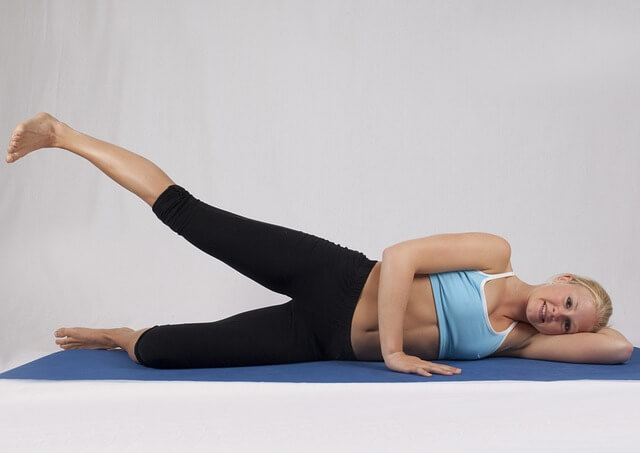How to Build Your Own Mini Gymnastics Training Room at Home
Creating a mini gymnastics training room at home can be an excellent way for gymnasts to practice their skills outside of regular training sessions. Whether you’re a beginner or an experienced gymnast, having a dedicated space for practice can help improve technique, build strength, and increase confidence. Setting up a functional and safe training area doesn’t require a lot of space, but it does require careful planning. Here are some key tips to consider when building your own gymnastics training room at home.
First, consider the space you have available. While it’s ideal to have a large, open area, not every home has that luxury. Even a small room or a section of a garage can be enough to set up basic equipment. Make sure the area you choose has enough room for movement without obstacles that could cause injury. It’s also important to consider the ceiling height, especially if you plan to practice exercises that involve jumps or flips. Ensuring there’s enough headroom can prevent accidents and allow you to practice a wider range of skills.

Image Source: Pixabay
One of the most important pieces of equipment for any home gymnastics room is a gymnastics crash mat. This mat provides the necessary cushioning to protect against injuries during falls and high-impact movements. When choosing a gymnastics crash mat, consider the thickness and size based on the types of skills you’ll be practicing. For example, if you’ll be working on tumbling or floor exercises, a thicker mat will provide better protection. A well-cushioned mat is essential to ensure that your practice is both effective and safe, no matter your skill level.
Next, think about the type of equipment that will best suit your training needs. For basic gymnastics exercises, you might want to include a balance beam, a set of bars, or a small vault. If space is limited, opt for foldable or portable equipment that can easily be stored when not in use. A foldable balance beam, for example, can be stored in a closet and pulled out when needed. Similarly, a set of portable bars can be a practical solution for practicing skills like swings or pull-ups without taking up permanent space in your home.
Safety should always be a priority when setting up your home gym. Along with a gymnastics crash mat, make sure that the floor is non-slip to prevent accidents. You can add foam tiles or another type of padding around the equipment for added protection. If you’re working in a garage or basement with a concrete floor, this is especially important to reduce the impact of falls and protect your joints during training. Adequate lighting is another safety factor to consider—make sure the space is well-lit so you can clearly see what you’re doing and avoid tripping or bumping into obstacles.
Once you’ve set up the basics, you can focus on adding equipment to help with strength and flexibility training. Resistance bands, hand weights, and stretch straps can all be useful tools for building the strength necessary to improve your gymnastics skills. Incorporating flexibility exercises like stretching and yoga into your routine can also enhance your performance and reduce the risk of injury. Having these tools easily accessible in your training room will help you create a balanced practice routine.
In conclusion, building a mini gymnastics training room at home can be a rewarding and effective way to continue improving your skills outside of the gym. By selecting the right equipment, ensuring safety with a gymnastics crash mat, and establishing a regular practice routine, you’ll create a space that supports your gymnastics journey.

Comments